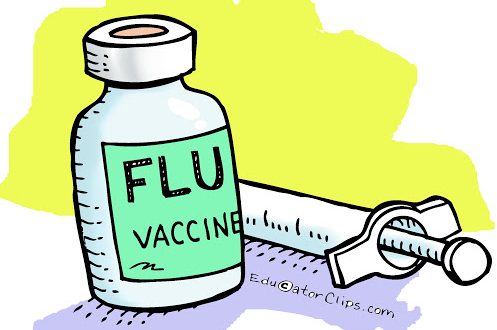It has been well established that participation in regular physical activity has a multitude of health benefits. It can reduce the risk of cardiovascular disease, high blood pressure, diabetes, dementia and certain types of cancer. It can also improve emotional, psychological and physical wellbeing. Physical ‘inactivity’ is therefore considered the world’s leading risk factor for non-infectious diseases, mental health and poor quality of life.
Recently, The Lancet (general medical journal) published the results of a global 15-year study, conducted by the World Health Organisation (WHO) into physical activity levels among adults. The study took place between 2001 and 2016 and involved more than 1.9 million participants in 168 countries.
Results of this study show that one in four adults globally are classified as physically ‘inactive’. In some countries, it was as high as one in three. Women were around 8% less active than men and high-income countries were significantly less active than middle or low income countries.
Physical inactivity, according to the WHO was defined as not meeting the minimum target of 150 minutes of medium intensity activity per week, or 75 minutes of high-intensity activity per week.
These results indicate that more effort needs to be made to promote physical activity and increase the opportunities for people of all ages and abilities to engage in physical activity.
Simple ways you can achieve your minimum target if you are not currently physically active include:
- Go for a 30 minute brisk walk at least five days a week.
- Taking the stairs instead of the elevator.
- Get off the bus or tram one stop early and walk the rest of the way.
- Increases incidental activity such as house cleaning, gardening, mowing, hand-wash the car, play with the kids or pets.
Remember, every little bit helps!




